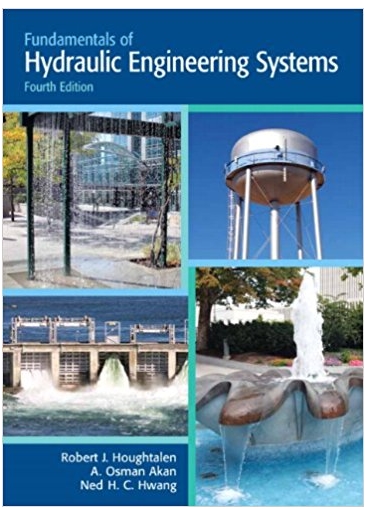Answered step by step
Verified Expert Solution
Question
1 Approved Answer
Advanced Signal Conditioning for High - Fidelity Sound Processing Background: Designing an acquisition chain from the microphone to the speaker system with multiple drivers (
Advanced Signal Conditioning for HighFidelity Sound Processing
Background:
Designing an acquisition chain from the microphone to the speaker system with multiple drivers subwoofer midrange, and tweeter involves complex challenges in signal conditioning, especially when aiming for highfidelity sound reproduction. This problem encompasses aspects of noise reduction, frequency shaping, amplification, and precise signal distribution to optimize the overall audio quality.
Identify the main challenges using Opamps and filters related to following aspects:
Noise Reduction Across the Chain:
Implementing noise reduction algorithms at multiple stages, from microphone preprocessing to the final output, to maintain a high signaltonoise ratio.
Crossover Network Design:
Designing a sophisticated crossover network to precisely distribute frequency bands to each driver subwoofer midrange, and tweeter based on their optimal operating range.
Variable Gain Amplification:
Incorporating variable gain amplifiers to adaptively amplify signals for each driver, ensuring an optimal balance between low, mid, and highfrequency components.
Midrange Driver:
Frequency Range: Midrange drivers handle frequencies above the subwoofer range, typically around to or higher.
Purpose: Midrange drivers reproduce the midfrequency range, which includes vocals, instruments, and many important elements of music.
Tweeter:
Frequency Range: Tweeters are designed to handle highfrequency sounds and typically operate in the range of to or even higher.
Purpose: Tweeters reproduce the highfrequency content, including cymbals, highpitched instruments, and harmonics, adding clarity and detail to the audio.
Crossover Points:
To ensure that each driver operates within its optimal frequency range, a crossover network is used. The crossover points are where the transition between drivers occurs.
The crossover points are carefully chosen to provide a seamless and balanced transition between the subwoofer, midrange, and tweeter, ensuring that each driver handles the frequencies it is best suited for.
It's important to note that these frequency ranges are generalizations, and the specific design of a speaker system, as well as the preferences of the audio engineer or designer, can influence the actual frequency response. Highquality speaker systems are designed to work together harmoniously, with each driver complementing the others to provide a full and accurate representation of the audio spectrum.
Additionally, some speaker systems include additional drivers, such as woofers for frequencies between subwoofers and midrange drivers or super tweeters for frequencies above tweeters further refining the division of frequency bands and contributing to an extended frequency response.
Example of an acquisition chain from the microphone to the speaker system:
Figure : Block diagram of a simple speaker crossover system
The frequency range of a speaker system with multiple drivers, such as a subwoofer, midrange, and tweeter as shown in figure is divided into different bands that correspond to the capabilities of each driver. Here is a general breakdown of the frequency ranges for each driver:
Subwoofer:
Frequency Range: Typically, subwoofers are designed to handle lowfrequency sounds, commonly in the range of to
Purpose: Subwoofers reproduce deep bass frequencies, providing the foundation for music and adding impact to movie sound effects.

Step by Step Solution
There are 3 Steps involved in it
Step: 1

Get Instant Access to Expert-Tailored Solutions
See step-by-step solutions with expert insights and AI powered tools for academic success
Step: 2

Step: 3

Ace Your Homework with AI
Get the answers you need in no time with our AI-driven, step-by-step assistance
Get Started


